Sea ice models compute the thickness of sea ice and the area covered with it based on physical equations, which describe the relevant natural processes. Some processes, however, cannot be… Read more »
Read Full »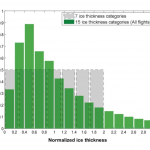

Sea ice models compute the thickness of sea ice and the area covered with it based on physical equations, which describe the relevant natural processes. Some processes, however, cannot be… Read more »
Read Full »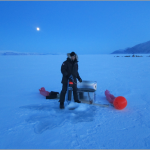
The sun is still under the horizon in the North Greenland settlement Qaanaaq at the north side of the fjord Inglefield Bredning. It will return on February 17th after three… Read more »
Read Full »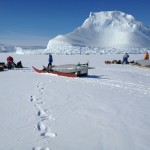
One distinctive aspect of the research being carried out in Work Package 3 (WP3) is that we work closely with people in northern Greenland as research partners. When we began planning our… Read more »
Read Full »The LATMOS (http://www.latmos.ipsl.fr) laboratory, located at the University Pierre and Marie Curie in the center of Paris (Jussieu campus), invites applications for a postdoctoral researcher funded by the European Union to start… Read more »
Read Full »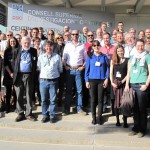
Last week, 50 ICE-ARC participants gathered for the first General Assembly meeting – a yearly gathering of all project participants (of which there are now 68, and counting). The very… Read more »
Read Full »The Organizing Committee of the workshop of the International Ice Charting Working Group Data Assimilation Working Group together with the EU FP7 ICE-ARC Project held a workshop on Sea-Ice Modelling… Read more »
Read Full »Retreat of Arctic sea-ice: A scientific perspective Jeremy Wilkinson, ICE-ARC Programme Coordinator, British Antarctic Survey The retreat of summer Arctic sea ice is unquestionable. The use of the… Read more »
Read Full »The first meeting of the Work Package 4 (WP4), covering both climate and economic modelling in the Arctic, was held at the Rotterdam School of Management (RSM) on the 9th… Read more »
Read Full »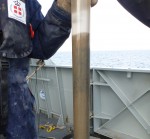
A sediment coring program was undertaken from the Danish navy vessel I/F Knud Rasmussen August 14th – 20 th 2014. The Danish Navy had generously placed the ship for the… Read more »
Read Full »In August the South Korean icebreaker Araon sailed into the northern region of the Beaufort/Chukchi Sea region of the Arctic Ocean. This scientific cruise, a collaborative effort between ONR’s Marginal… Read more »
Read Full »